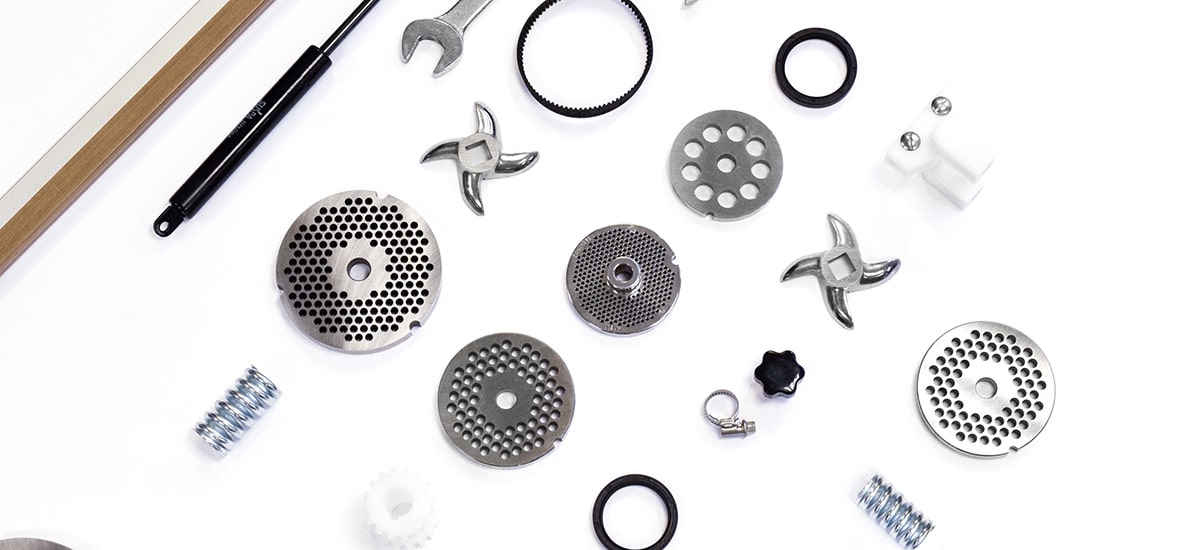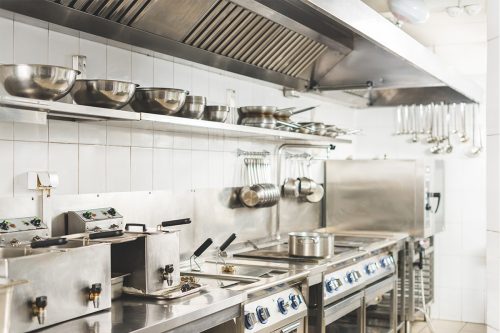
Preventative Maintenance
It’s not the most glamourous food industry term, but one that mustn’t be understated.
In fact, a solid, well-documented maintenance program can not only soundproof a food business’s health and safety standards, but also provide significant future cost savings.
All machinery and processors in an operation are required to have specific programs in place. It can be hard to maintain high standards when running business day-to-day – we get it – so, how can you get on top of it all?
If you’re serious about taking your business to the next level this financial year, then implementing a preventive maintenance program is the perfect place to start.
It may sound complicated and a lot of work, but once incorporated into the daily routine and the savings start to become visible, you’ll wonder how you ever operated without it.
How it works?
Preventive maintenance is an ongoing procedure that essentially protects your equipment, which in turn prolongs the lifespan of that piece. Not only that, during its production/processing life, your equipment will run more efficiently, and will be less prone to major malfunctions and repairs.
Tasks that may be inconsistently completed when a problem arises including lubrication, part replacement, cleaning, testing, all the way through to major service from qualified technician/provider. Instead of dealing with an issue when it happens, a preventive maintenance system stops it at the source via a meticulous scheduled program, that is completed without fail.
Each business will have differences in required tasks but the fundamental purpose of efficiency and safety is the same.
Think of it like servicing a car. We routinely act to prevent a major malfunction and ensure the vehicle’s ongoing efficiency. We don’t wait until something goes wrong to fix things – and if we do, it’s always a more expensive fix. In the food industry, there is no margin for error for defective equipment which can put employees, your business and (most importantly) the consumer, at risk.

Getting started
Whether you’re a butcher, restaurant owner/manager or in large scale food production, all food businesses can benefit from a preventive maintenance makeover.
Firstly, reviewing your current system can help determine action/s required for future improvements.
Next, make a master list of all equipment used in production.
Your list should include (at least) the following:
Item name
Location of item
Serial number
All item parts
Procedural description
Maintenance date/schedule
Risk assessment
Once you’ve taken a detailed inventory, a maintenance schedule of each piece of equipment should be formed. There are several levels of maintenance for each item, and may vary between each equipment type. Formulate a routine (daily) maintenance schedule and interval maintenance (weekly/monthly/yearly as required).
Each task should have written systematic actions to follow, by whom, date completed and a check off for management to acknowledge work is completed and done properly.
Keeping records is one of the most important yet neglected aspects of preventive maintenance. Not only does this ensure ongoing business safety and efficiency, it’s one of the few ways to get a detailed insight on how to optimise an operation for future savings and improvements.
Digital technology allows us to easily follow and maintain ongoing records of maintenance. Once this practice is implemented into a food processing or packaging task, it assists employees maintaining quality standards and provides an opportunity for in-house audits to ensure expectations are being met.
Data analysis is predominantly utilised by larger-scale operations, but small to mediums can apply a refined preventive maintenance system to enhance their productivity and reduce costs in several areas by reviewing the schedule and identifying areas of potential savings.
The biggest challenges that arise are getting through the initial setup phase of the system which can take some time and following through on the schedule plan with religious implementation.
Make it a daily workplace ritual and get all employees to buy into the program.
There’s never a better time than now to improve your business. You will be rewarded for your forward-thinking approach by getting the most out of every aspect of your food business.
Equipping the food industry to grow with food processing and packaging solutions
call 1300 88 99 51
email [email protected]
room 35 Shirley Way, Epping VIC 3076
room 9 Mcilwraith St, Wetherill Park NSW 2164
room 21 Hoyle Rd, Hope Valley WA 6165
room 27 Beal Street, Meadowbrook QLD 4131
room 7 Chadderton Bvd, Epping VIC 3076
room 22 Glassford Rd, Kewdale WA 6105
room 25 Hayton Road, Wigram, Christchurch 8042, NZ
Connect with us on LinkedIn
